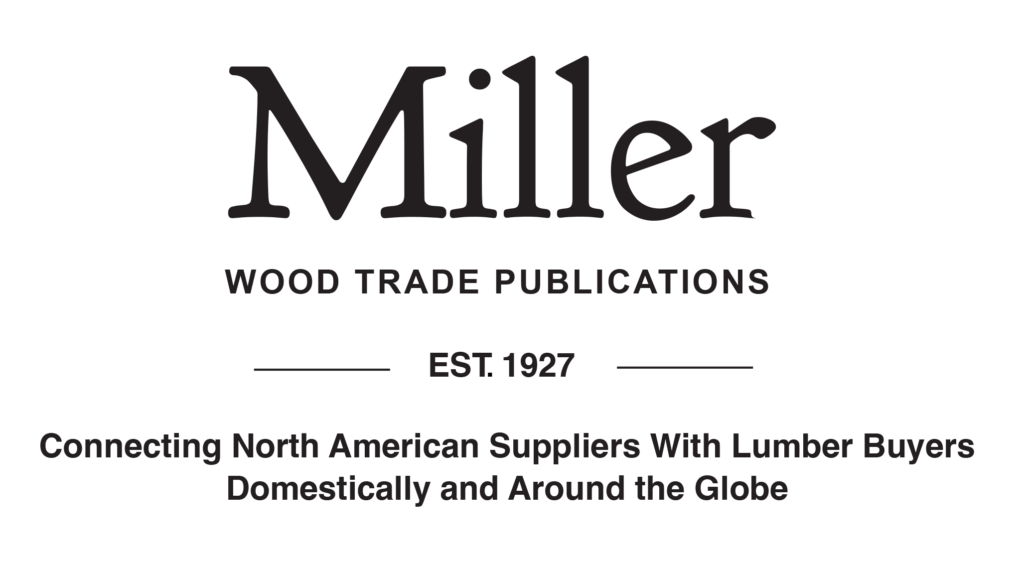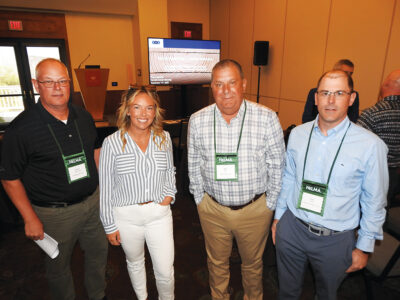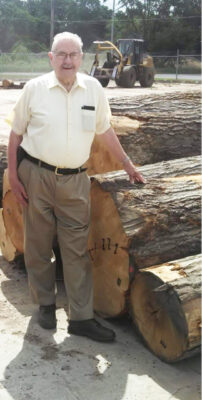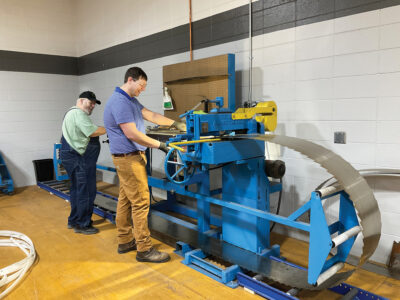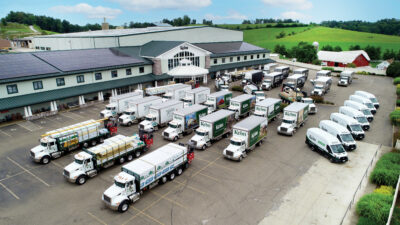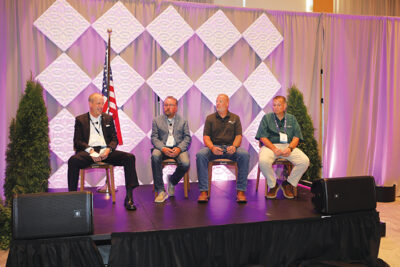
Sales Are Steady Throughout Inland West Region
By Terry Miller
President
Sources that were contacted across the Inland West region at the time of this writing varied a bit as to how their markets were faring. One source commented that she has certain products that are selling much better than others. Another source stated that while his company is currently able to continue to grow, many of his customers’ sales are flatter than they would like.
In Idaho a lumberman said that his company is doing well. When asked if he was doing better or worse than he was six months ago, he said, “It depends on how you define worse. We are able to move all of our products, but at the same time the market pricing is worse than it was.” He noted that the worsening of the market price is likely due to oversupply and decrease in consumption. “As interest rates continue to stay where they are and the housing market continues to slow down with less housing starts, there will continue to be a decreased amount of consumption.”
His company offers Cedar boards in grades Nos. 3 and Better and No. 4 Common as well as White Fir Dimension and Fir Larch Dimension in Select Struct and Nos. 2 and Better and in thicknesses of 2×4 through 2×12. “Fir Larch tends to do better for us than White Fir because it is an intermountain local product that we are able to regionally target. Although, White Fir is always going to be able to compete with Hemlock Fir off the West Coast and Southern Yellow Pine throughout the Midwest,” he stated.
He sells to retail lumberyards and wholesale distributors. “Our customers are doing alright. They are off from what they did last year in sales, but I think most people throughout the industry are.”
In regard to the ongoing tariff situation, he believes that when tariffs were first brought up at the beginning of the year that they helped U.S. sawmills. “We will likely all feel some impact from the tariffs once they have been straightened out and go into full effect, but until then there is a lot of uncertainty and we are feeling that with the decrease in consumption of our products.”
A lumber saleswoman in Montana said that she is struggling to sell dimension products into her market, while boards and pattern items are selling extremely well. “We are a small and quick enough company that we are able to make adjustments to our production lines,” she added.
She noted that her sales are doing about as well as they were six months ago.
Her company offers Douglas Fir, Fir Larch, Ponderosa Pine, Engelman-Spruce-Lodgepole-Pine and White Fir. “We offer White Fir in dimensional items in thicknesses of 2×4-2×12, board items in thicknesses of 1×4-1×12 and in grades Nos. 2 and Better and Nos. 3, 4 and 5. We offer Ponderosa Pine in 5/4 thickness and radius edge decking and we do 5/4 industrial shop items in Select Struct, Nos. 2 and 3, as well as Economy,” she added.
A source remarked that while the uncertainty of the tariffs has been felt throughout the industry, the full impact will not be felt until tariffs are in full effect.
She sells to wholesale distributors and retail lumberyards. “Our customers haven’t really said anything as to how their sales are doing,” she noted. “They are however being extremely picky as to what they are currently ordering.
They are buying exactly what they need at the time and very few of them are placing orders for what they think they might need down the road.”
She noted that while labor still poses a bit of an issue, it has become better as her company has been able to fill the open positions that they have had over the past three months.
“I would say that where tariffs have impacted us as a company is our customers being unsure of what is going to happen next, which is why so many of them are being conversative with how they place their orders,” she remarked.
In Arizona a lumber spokesman said that his company is currently growing in the marketplace. “Because we are currently in a period of growth, we are doing better than we were six months ago,” he added.
His company offers Ponderosa Pine in grades Nos. 2, 3 and 4 Common and in ¾-inch boards and in 1.75-inch thick and 2x material, with widths ranging from 4-inches to 8-inches.
He sells to wholesale distributors and industrial manufacturers. “Overall, it seems that their sales are flat. The retail lumberyards and pallet manufacturers that we sell to are doing well, but the wholesalers that we have been selling to are having to make more calls than they have had to recently,” he said.
He noted that transportation has started to see some tension for his company. “We are noticing that there are a lot more flatbed orders than there are flatbeds available. So, transportation has become harder for us to get than it was this past winter.”
He mentioned that he is expecting tariffs to impact his company as they are likely to feel pressure on their Ponderosa Pine production, especially if and when tariffs go into effect for Canadian products.
